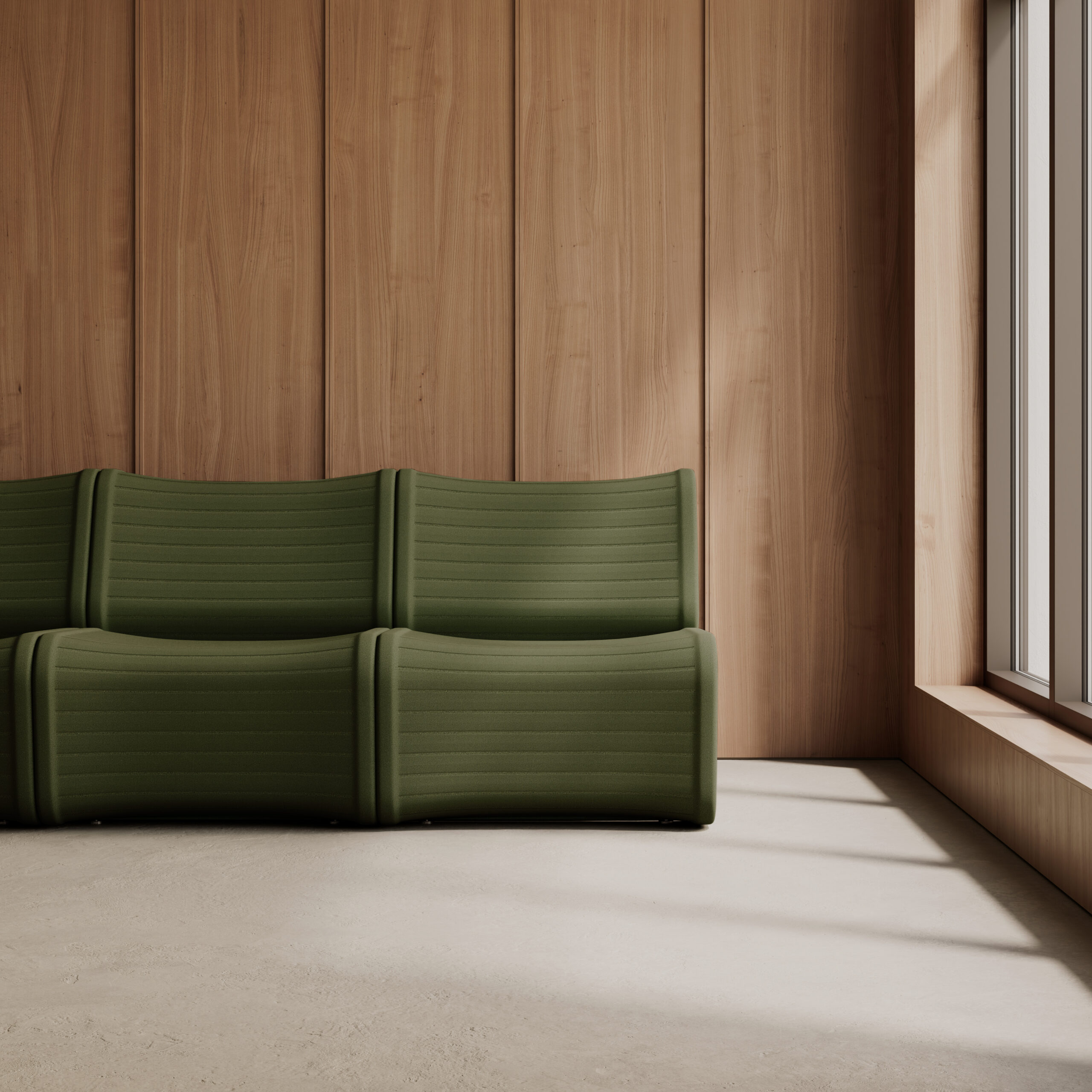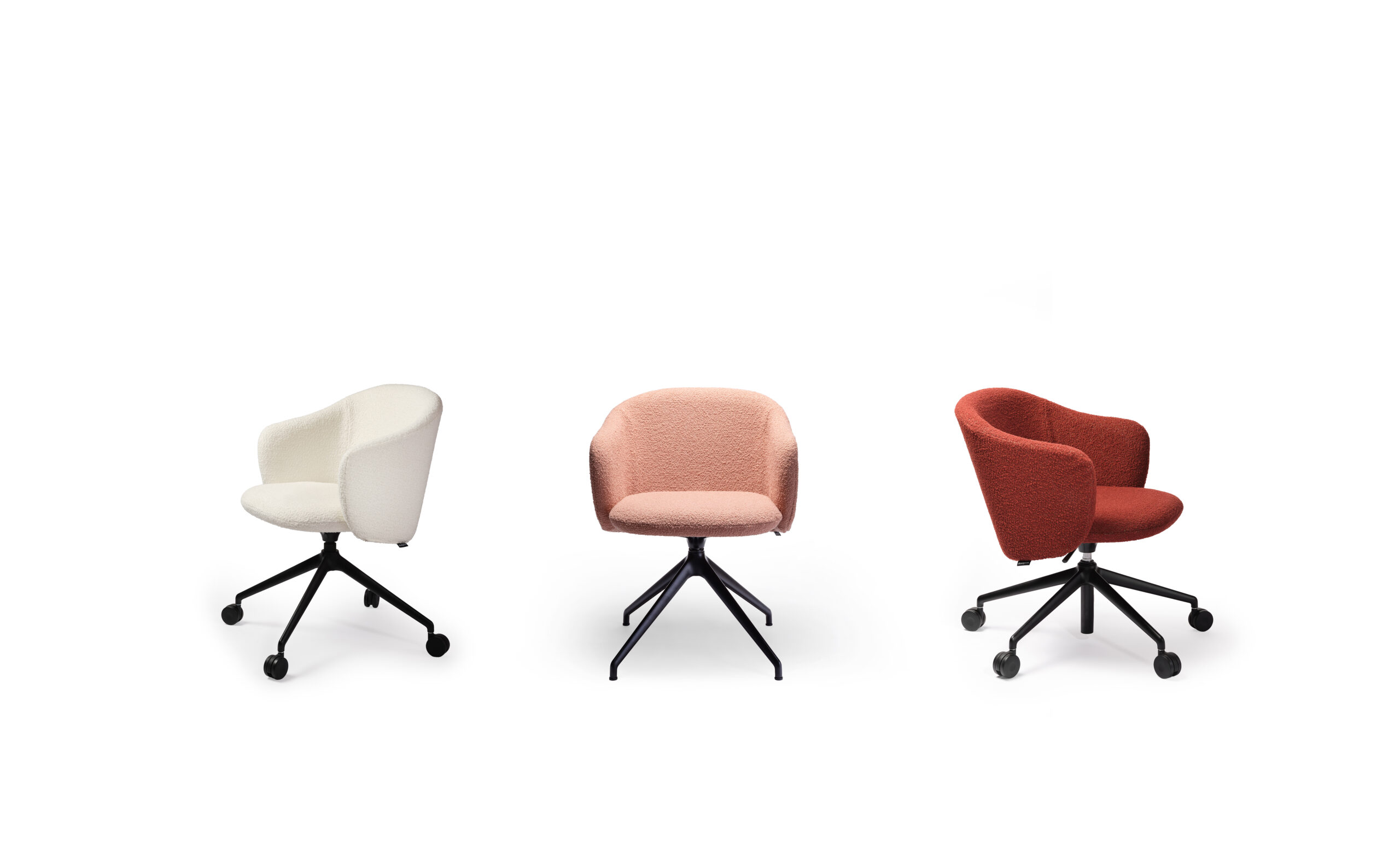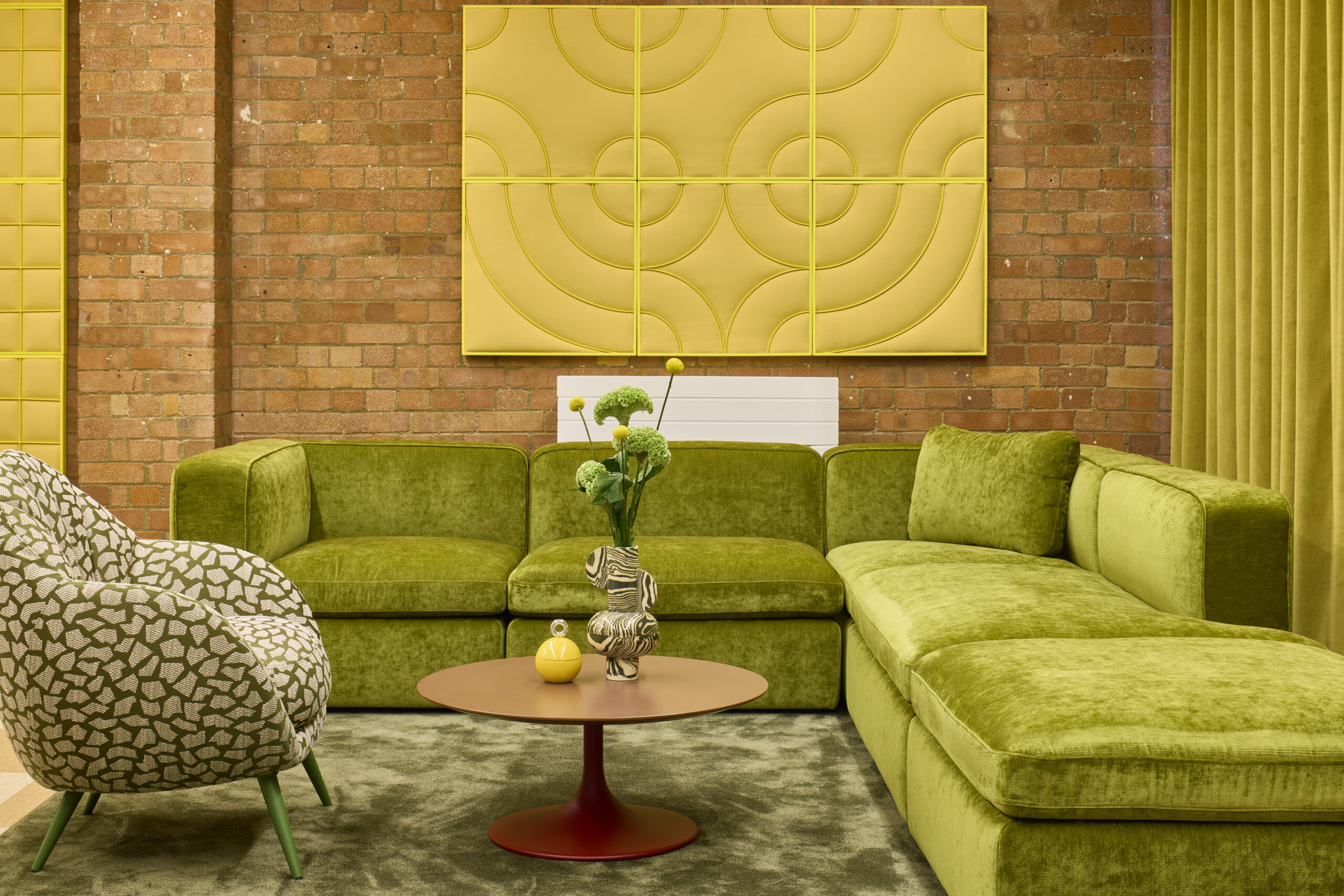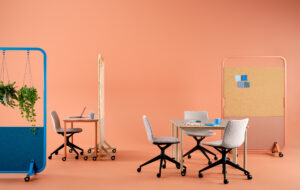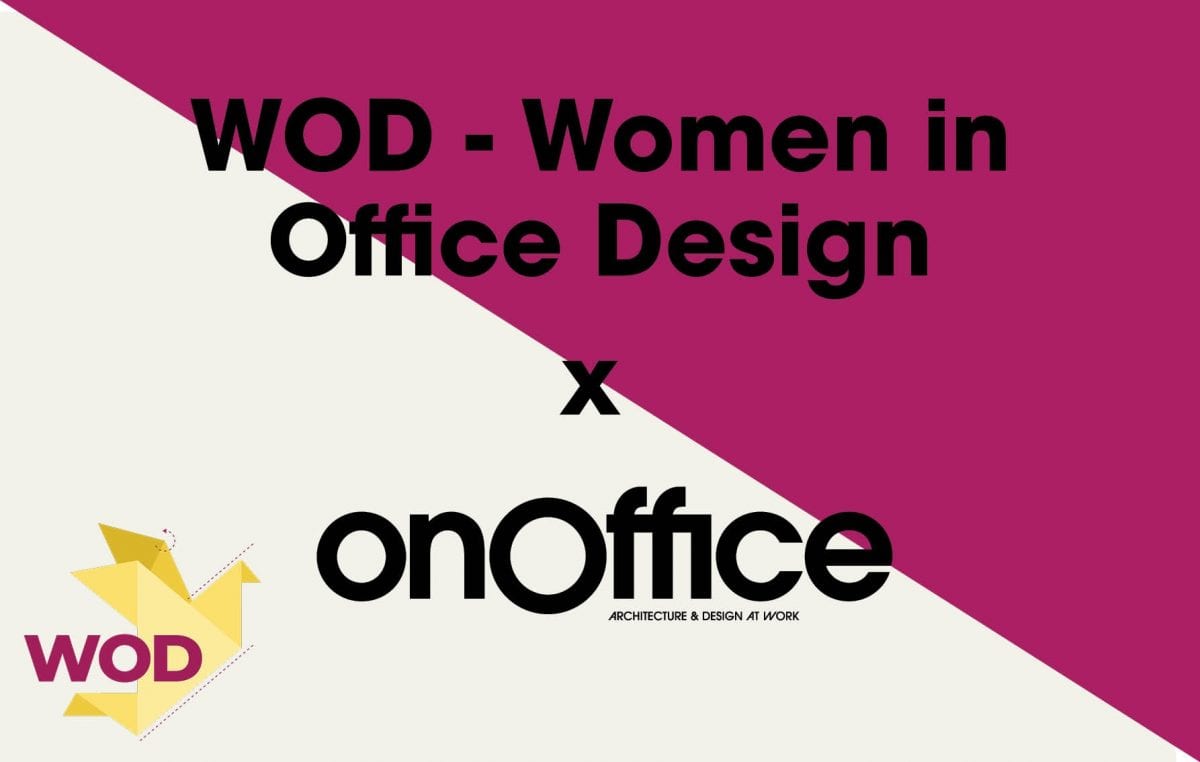 |||
|||
Women in Office Design (WOD) is a networking and advocacy group set up in May 2018 that supports women working in all aspects of the industry, whether in interior design, architecture or sales. In the first of a series of interviews with women from across the industry, we hear from Harsha Kotak, the founder of the group, who tells us how she came up with the plans for WOD, why networking is so important for women and how office design is likely to change in coming years.

OnOffice: Why did you set up Women in Office Design?
Harsha Kotak: It started on a personal level and went on to become bigger than I’d planned. After working for many years in the industry I realised that I did not go out networking as much as my male colleagues did. Networking helps us get out of the 9 to 5 office cube that we lock ourselves into. It helps us gain more knowledge about new trends and solutions, which aids us in performing our jobs better. And much of the time, we depend on our companies and bosses to encourage us to go out and learn, but it doesn’t have to be that way. Our growth is in our hands.
Research shows that women network far less than men and after speaking to other women from the industry I found I was not the only one who was missing out.
Many women told me they would love to network more but many of the events weren’t convenient or interesting enough. That was when I decided we needed a group for this.
OO: How did your career path lead to you creating WOD?
HK: I’ve been in the workplace design & furniture industry for 20+ years and have worked in the US, India and the UK. After completing my Master’s degree in Design from SCAD, USA, I worked in the US for a couple of years before moving back to India, Where I started a design studio. About 10 years ago I moved to the UK and since then have worked with K2 space, a leading D&B company and a furniture consultancy based here in London.
During this long career I got an opportunity to work on some prestigious projects across continents and I developed a wide network of contacts – so I felt it was time to bring this global network together to spread and share knowledge and business.

OO: What do you hope to achieve with the group?
HK: WOD’s vision is to support the professional development of women in office design fields through networking, mentorship, education, and advocacy. We do this through organizing “learning while networking” events, collaborating with design publications to highlight the journeys of successful women, and mentorship programs for young aspirants in the industry.
The response in the last six months has been incredible. We now have 400+ members from the US, UK and Europe and we are soon launching WOD chapters in Europe and North America. The support that we have received from the industry is overwhelming and we already have a waiting list of companies that have offered their space to host the events and also to sponsor our events.
OO: Have you faced any particular challenges in your career?
HK: I have been very fortunate to have worked with some amazing people who have always supported me, like the two directors of the company I currently work for.
But there are days when you don’t see anybody that looks like you in the room, and you can either try and disappear or make yourself more visible and better. I never allowed my gender or race to be a problem and I feel that deterred other people from making it an issue.
But the disparity in the design industry is still wide and there is significant misrepresentation of women within higher positions, with only 25 % of firm leaders being women. In an industry as creative and inclusive as ours, how can one explain these disparities?
I believe it’s due to the lack of access and exposure to knowledge and growth and I hope WOD can play a tiny but significant role in changing this through advocacy and support for women.
OO: How do you think office design should (and will) change in coming years?
HK: WOD recently organised a panel discussion about productivity and performance in workplace, with design experts from Gensler. And even though there is no blanket answer, the main conclusion from the discussion was that, office design is changing towards being more human centric. With the challenges of designing offices to suit multiple generations, the main focus is and will continue to be on design that works for all. Also, the rise of activity-based working supported by the advancing technology is here to stay.

OO: What are your thoughts on how office design affects women generally?
HK: Design is a strategic tool for problem solving and a good design is a medium to facilitate and promote ease of use. It’s important that any design should be gender neutral and should work for everyone but that is not always the case.
In an office, the toilets are designed based on gender – the rest of the office is still mainly designed for men. This is changing to a certain extent – for example, we are currently working with a multinational client who has a nursing room in all their offices. But at the same time some places still have gentlemen’s club-style spaces, which can make women feel uncomfortable. So, while some companies have embraced gender neutral designs there are still hints of male domination in many that do not promote a diverse workforce.
I feel it is important to have both male and female designers on the design team to have a balanced design.
OO: Who inspires you?
HK: Talking about WOD! What inspires me is the infinite possibilities of forming a global network of women in workplace design who can inspire each other.
In the first of our collaboration with Women in Office Design, we hear from the group’s founder




